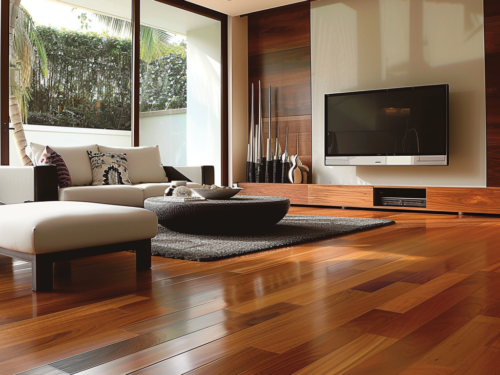
how to match wall color with wood floor
Choosing the perfect wall color to complement your wood floors can transform a room from ordinary to extraordinary. However, it can be daunting to find the right balance between hues and tones. Fear not, as we delve into the art of matching wall color with wood floors, unlocking the secrets to creating a harmonious and visually stunning space.
Consider the Undertones
Before diving into paint swatches, it’s essential to understand the undertones present in both your wood floors and any existing furnishings. Wood floors can have warm undertones, such as red, orange, or yellow, or cool undertones, like gray or taupe. Similarly, furniture and decor may have undertones that influence the overall color palette of the room.
Embrace Contrast or Coordination
When it comes to matching wall color with wood floors, you have two primary approaches: contrast or coordination.
- Contrast: Opting for a wall color that contrasts with your wood floors can create a striking visual impact. For instance, pairing light wood floors with deep, rich wall colors like navy blue or charcoal gray can add depth and drama to the room. Conversely, dark wood floors can be complemented by light, airy wall colors such as soft beige or creamy white, creating a sense of balance and contrast.
- Coordination: If you prefer a more cohesive look, consider selecting wall colors that coordinate with the undertones of your wood floors. For warm-toned wood floors, earthy hues like terracotta, olive green, or warm taupe can create a cozy and inviting atmosphere. Cool-toned wood floors, on the other hand, pair beautifully with soft blues, greens, or cool grays, lending a serene and tranquil ambiance to the space.
Test Samples in Different Lighting
Natural and artificial lighting can significantly influence how colors appear in a room. Before committing to a wall color, test paint samples on your walls and observe how they look throughout the day under various lighting conditions. Pay attention to how the colors interact with the natural warmth or coolness of your wood floors, ensuring that the final result is harmonious and balanced.
Balance Warmth and Coolness
Achieving the perfect balance between warm and cool tones is key to creating a visually pleasing aesthetic. If your wood floors have warm undertones, consider incorporating cooler wall colors to prevent the space from feeling too one-dimensional. Conversely, cool-toned wood floors can be balanced with warm wall colors to add depth and dimension to the room.


